In wastewater treatment and water potabilization process filters have an important role.
Filters are use to separate solids from liquids. Depending on the filtering surface, the treated water can have a high quality. Depending on the filters material and the thickness of this, we can distinguish the following types:
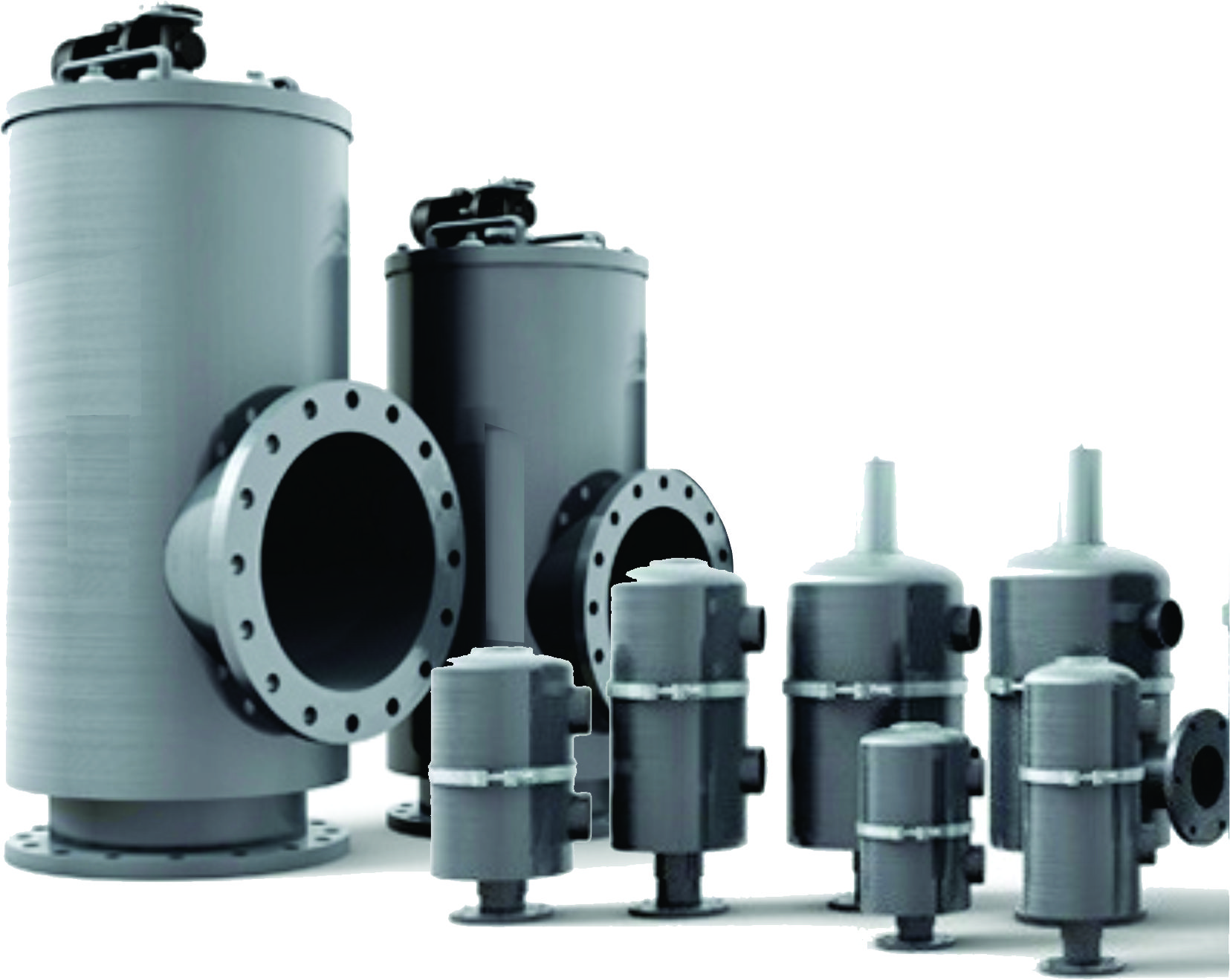
The mechanical filters with automatic cleaning systems can be used in various water treatment processes: surface water filtering, big water filtering, high temperature or pressure filters etc.
Its highest benefit of the filter is the small amount of water necessary to backwash it. Some of the models can filter while the backwashing process is being held. It is very important to use the right type of filter, so it can benefit the quality of the treated water in the most economic way for long term.
The finest of this type of filter is very various; depending on the water to be treated, it can filter up to 200 µ.
Flow capacity from 1 m3/h to 5 000 m3/h.
The flow capacity can be increased by mounting parallel another filter.
The filters are manufactured out of SS 1.4301 (optionally SS 1.4401). Some models have carbon steel cast protected by epoxy painting.
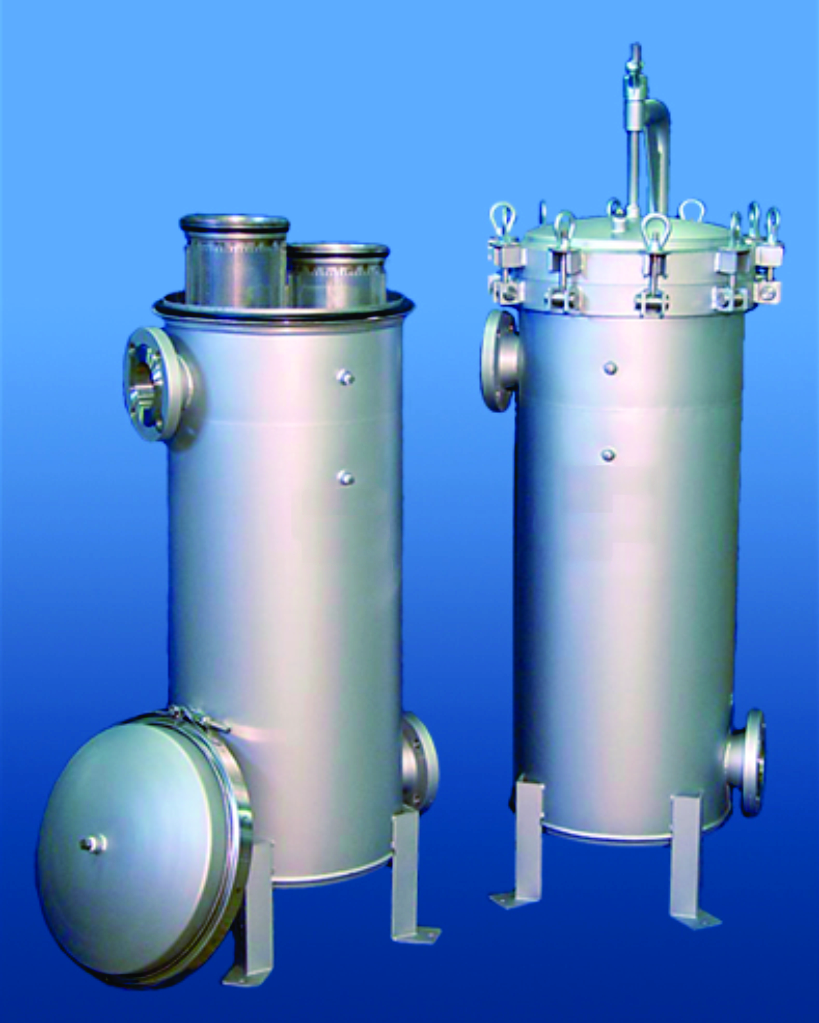
The filters with sacks are manufactured out of SS 1.4301 or SS 1.4401
For a longer lifetime period the cast is being painted.
The filters are manufactured to used 2, 3, 4, 5 filtrate sacks.
The sacks have a 25 µ fines.
Max working pressure is 10 bar @ max temp of 120°C
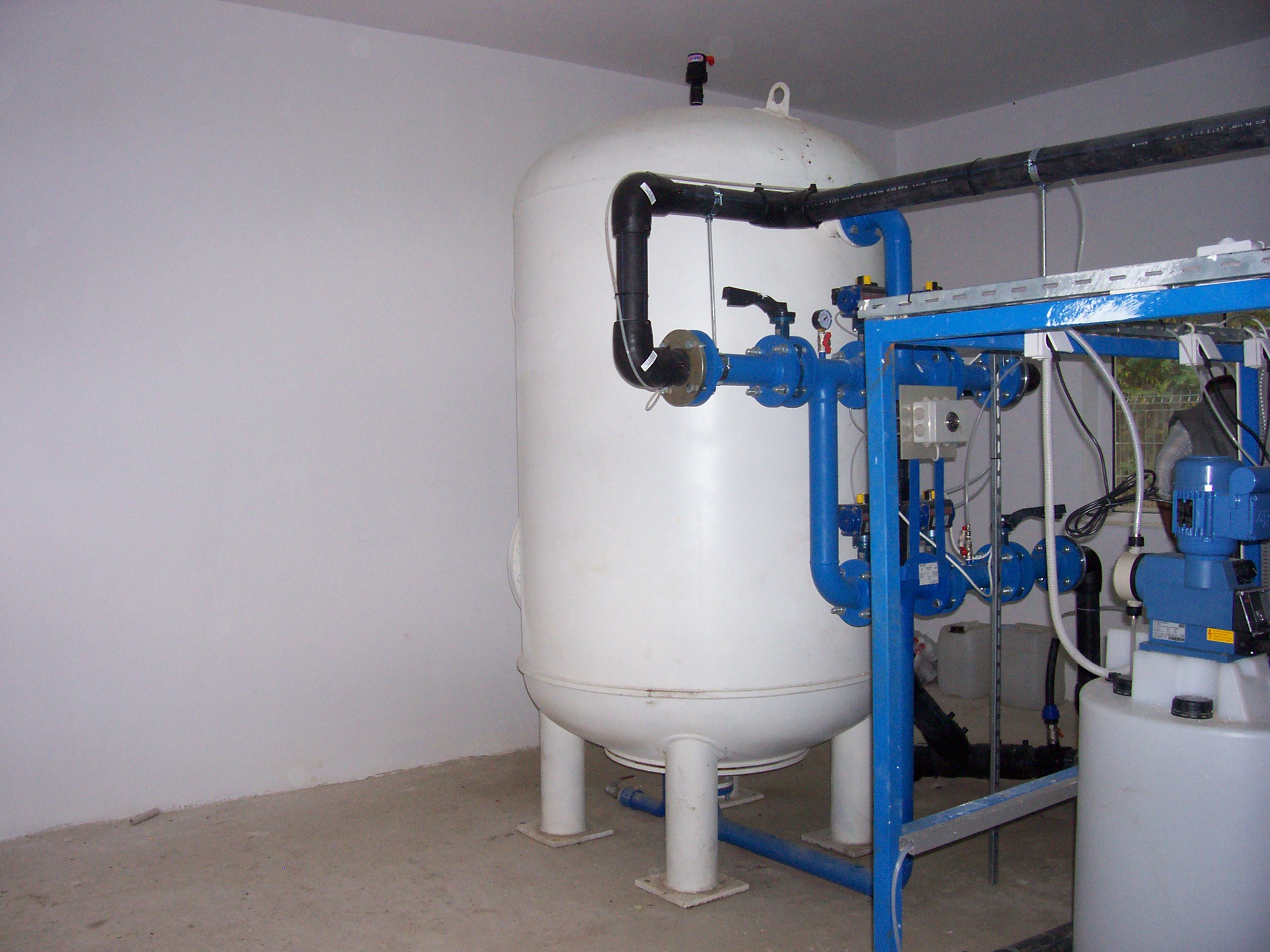
The sand filters are used to retain impurities from the water such as: rust, algae, colloidal suspensions etc. The process is achieved by leading the water thru the filtering bed. The finesse of the filter is determined by the size of the granules and the distance between them. The process achieves the maximum efficiency if the filtering is being constant. When the filter is clogged the backwashing process starts. The backwashing process of the filter can be made by treated water or treated water and air. After the backwash is done the filter goes back to normal functioning.
The construction of the filter is being robust, the body of the filter is being manufactured out of carbon steel (or SS 1.4301 or SS 1.4401), the inside of the filter is protected against corrosion with a layer of epoxy, and on the outside with a layer of polyurethane resin resistance.
Capacity: 10- 200 m3/h standard models (other capacities only on request)
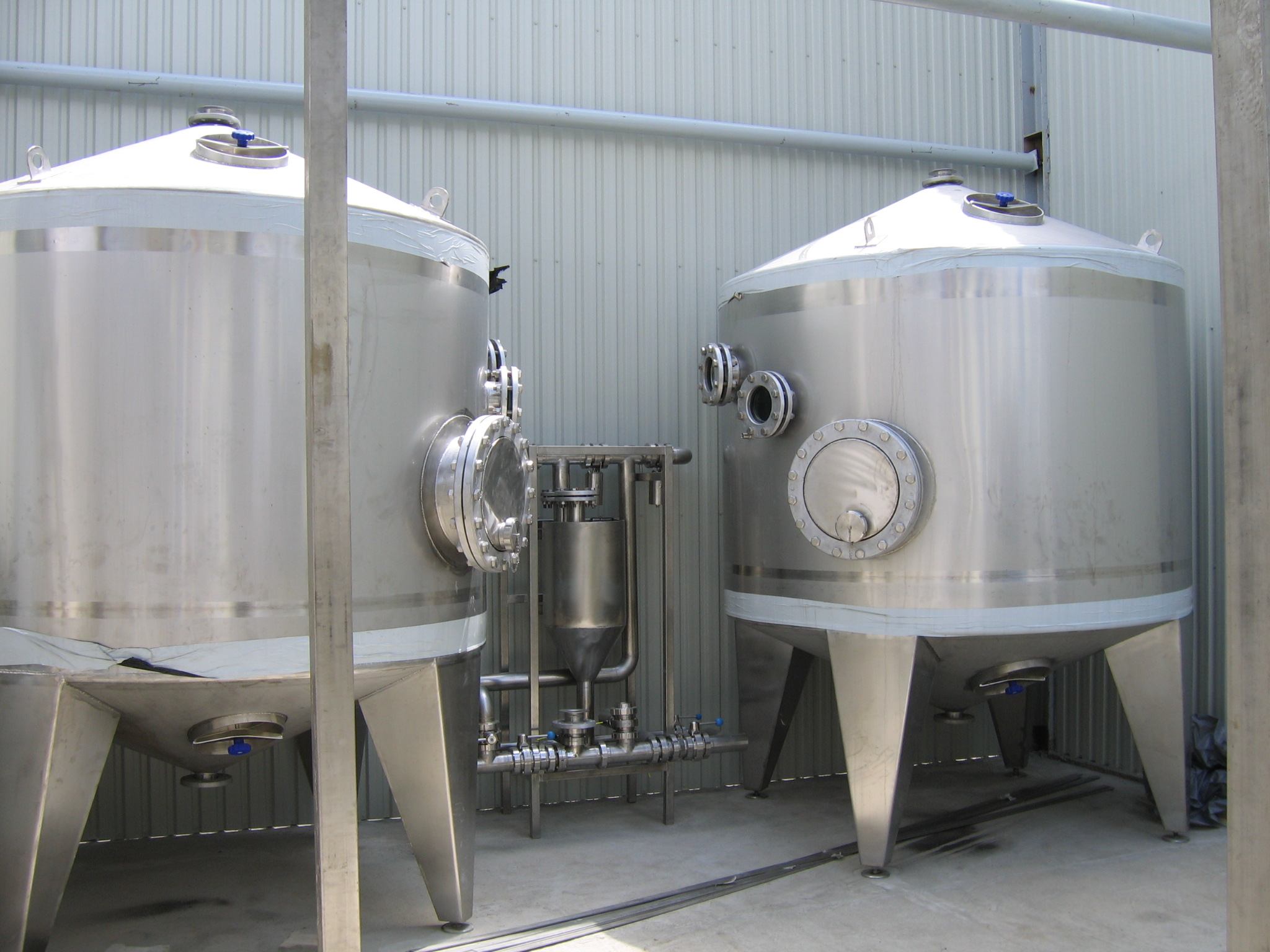
The automatic active carbon filter is used to water purification. The water flows thru the filter which has an absorbent layer of active carbon on top of the sand filtering layer. These types of filters are used to remove the organic type of impurities from the water (such as ozone or other substances from the ozone purification process) and also use to change the taste, color and smell of the water that needs treatment. The active carbon filters are design so that the reaction time water/active carbon (flow rate/active carbon quantity) will be at least 2 to 5 minutes.
The height of the filtering bed must be at least 100 cm.
The backwashing process of the filter is being made by the help of a countdown timer, or based on the inlet/outlet pressure difference or just an external signal, but also manually.
The construction of the filter is being robust, the body of the filter is being manufactured out of carbon steel (or SS 1.4301 or SS 1.4401) the inside of the equipment it is protected against corrosion with a layer of epoxy, and on the outside with a layer of polyurethane resin resistance.
Capacity: 15- 50 m3/h standard models (other capacities only on request)
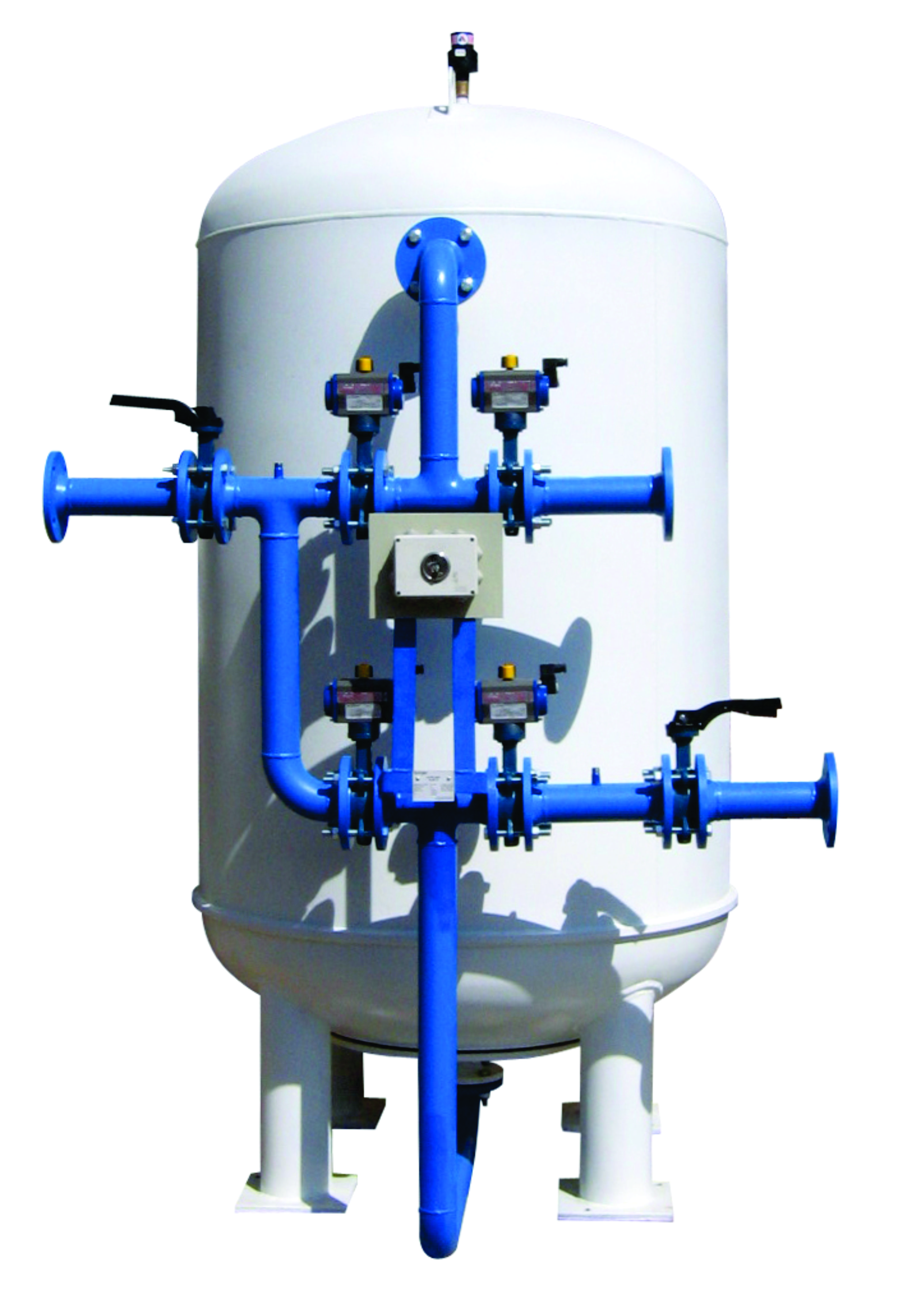
Regarding their construction and functioning they are the same as the sand filters. The difference between the two filters is the type and the granulate of filtering bed. These types of filters are used to reduce the turbidity of water. It can retain such as: sludge, gravel, organic materials, algae, micro organism etc. It is recommended to used this type of filters if the density of the water has to be reduces or if the turbidity of the water is higher then 0,2 NTU.
The filtering bed it can be different material of different granulation, such as: anthracite, quartz sand, granite. The quality of the filtered water is being giving by the density and the granulation of the filtering bed. The multimedia filters manufactured by our company have 15- 20 µ finesse.
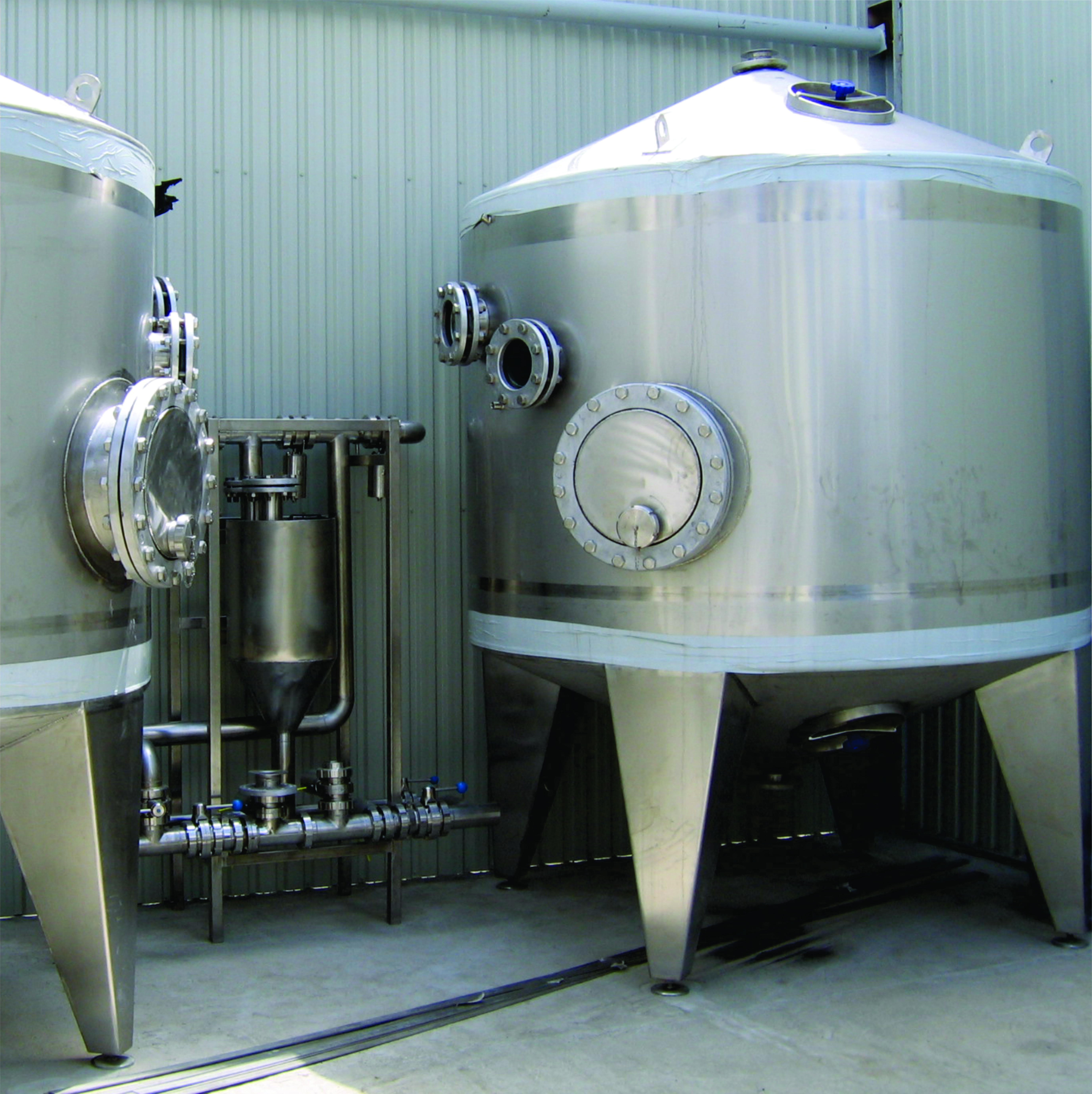
Hard water is being considered water with a high content of calcium and manganese. These will get to water from minerals that they get in touch with. From this results that most of the well water, fountain water, and groundwater can be high in calcium and manganese etc. Using these waters can have secondary effects to the machinery, such as, calcium and manganese deposits on the pipes, in water heater, washing machine which will deteriorate these machines.
To remove the calcium and manganese we use filters that use synthetic resins as a filtering bed. The calcium and manganese ions are replaced with sodium ions from the synthetics resins, which are more soluble and they do not deposit on the pipes, installations or any equipments.
These filters can be used in domestic fields, but also industrial fields. The dimension of the filter depends on the water flow and also on the calcium and manganese content.
BDF types of filters are used to separate impurities from water. They can be used successfully in the followings:
The capacity of the filter is between 1 m3/h and 5 000 m3/h. For bigger water flow, another filter can be used in parallel.
Construction material: SS 1.4301, optional SS 1.4401 or HDPE.
The filters is automatic, does not need any operating staff. The filter is with automatic backwashing system with a high pressure water jet. The equipment is delivered fully, ready to be used.
Optional:
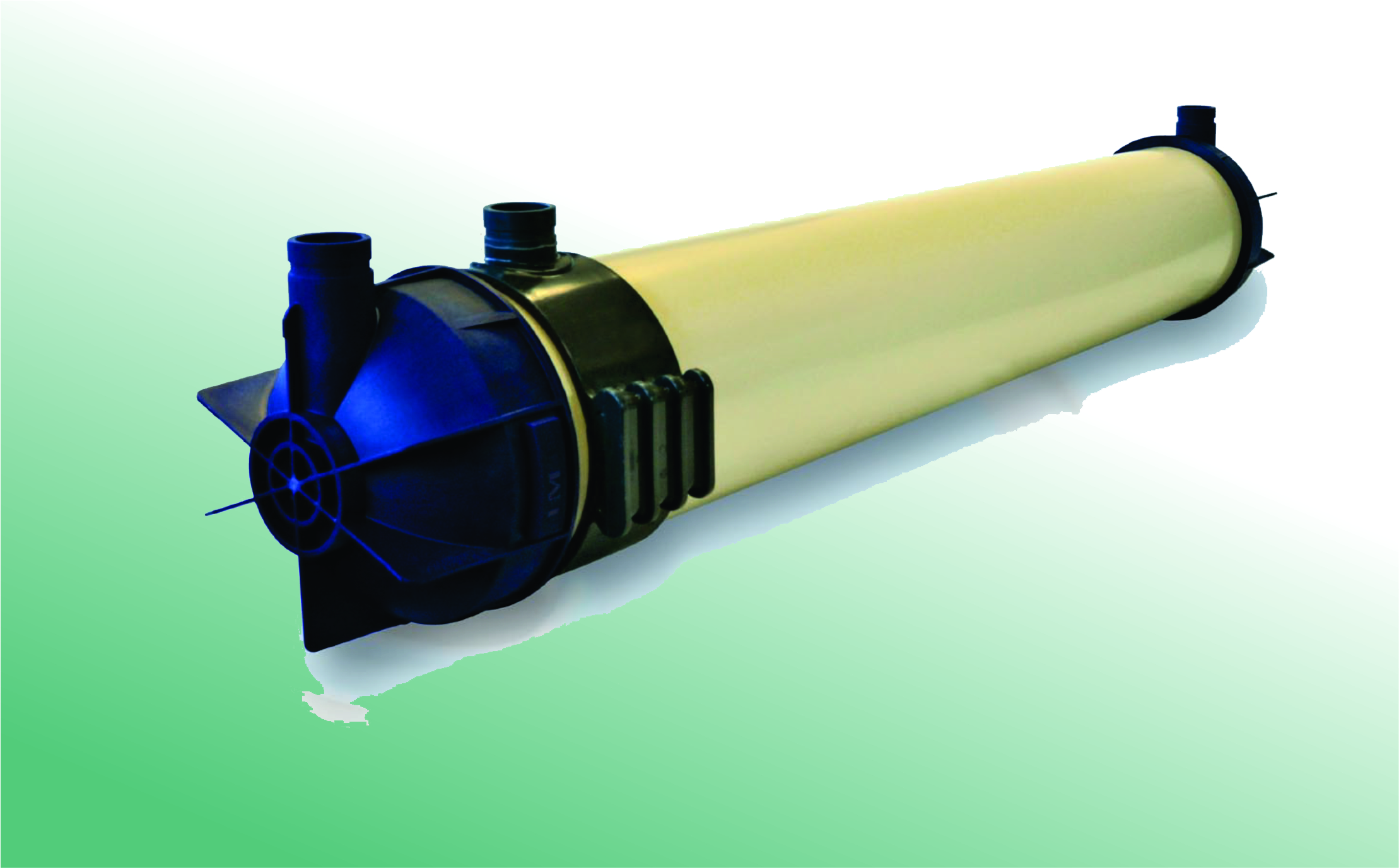
Reverse osmosis is a type of filtration from which results demineralized or deionised water.
In the reverse osmosis process, by the help of an external power, the solvent moves from an area of low solute concentration (high water potential), thru a membrane, to an area of high solute concentration (low water potential). This type of filtrating will retain salts, organic materials, colloidal materials, bacteria, viruses etc. from the water in a proportion of 95- 99%. The water that goes thru the membrane is called penetrate, and the retained material concentrate.
The RO system is used successfully in the pharmaceutical, alimentation industry, but also in the metallurgical industry etc.
The equipment it is being manufactured by SS 1.4301 (support of the equipment), SS 1.4401 (pipes), polyethylene army with fibber glass (membrane recipient). Using these materials will increase the liability of the equipment and also its life span.
The equipment is fully automated, no need operating staff.
Similar to RO system is the ultra-filtration. With ultra-filtration we can obtain a very fine filtration, up to 0.01µ.
This is used in industries where the desired separation is between liquids with small and big molecular weights, such as dairy industry, preparing fruits and vegetable juices (paste), pharmaceutical industry (antibiotic and enzymes separation).